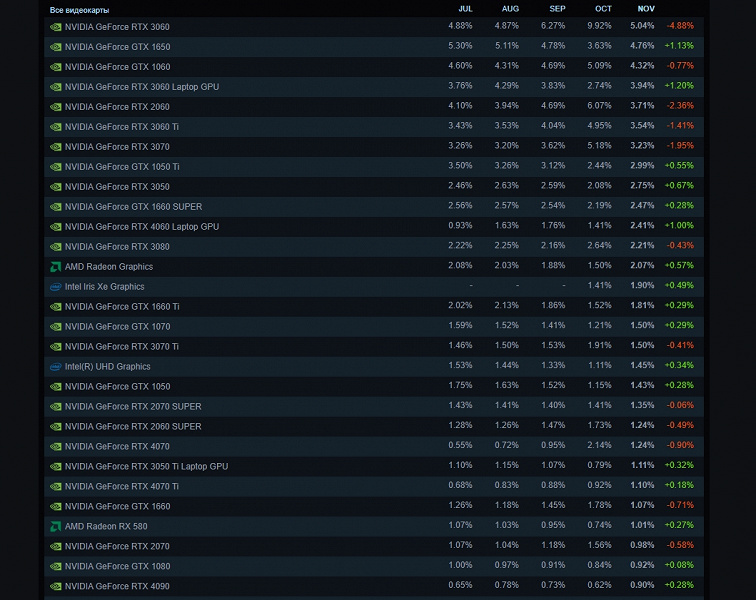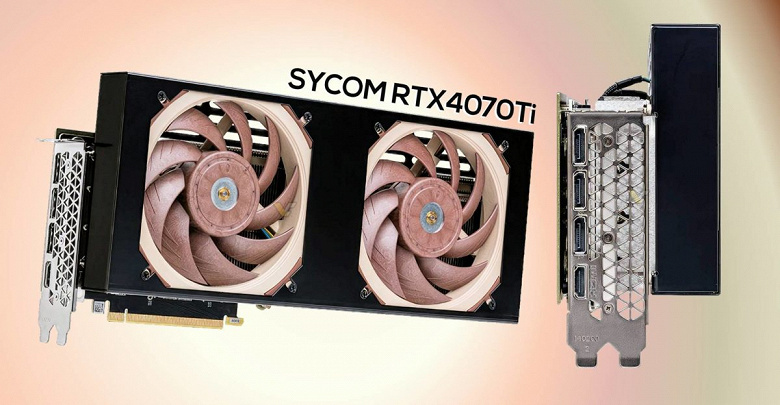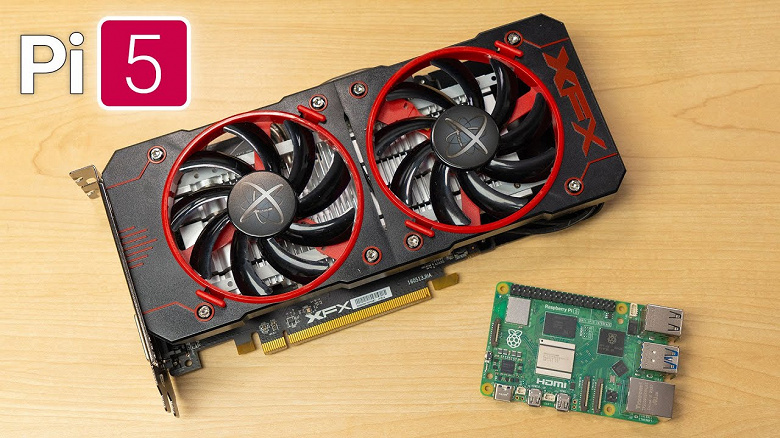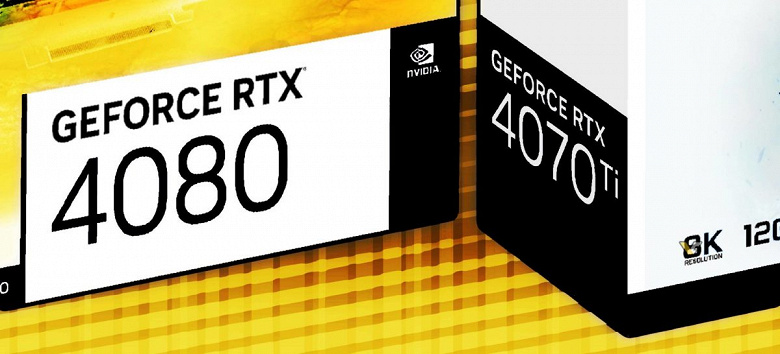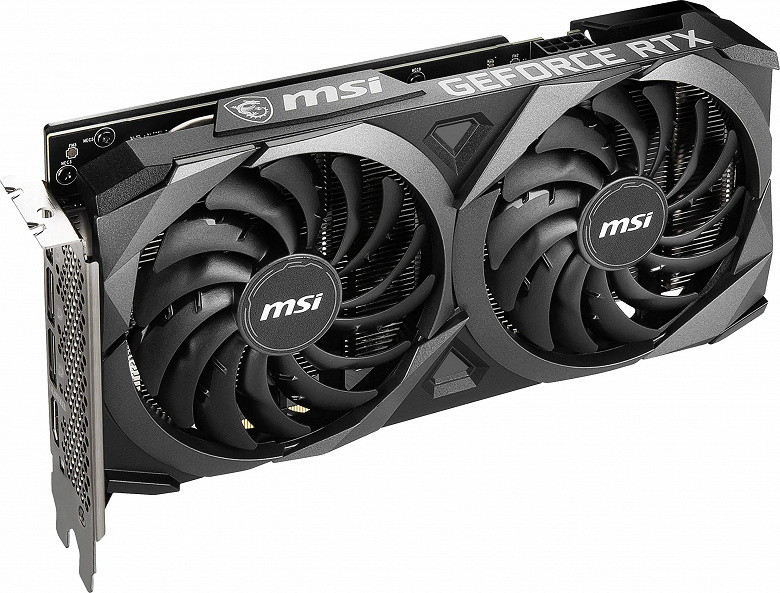GeForce RTX 3080 and RTX 3090 design issues forced manufacturers to take urgent action: chronicle
The problems with the GeForce RTX 30 series graphics cards have increased. To the very limited stock of cards at the start, which was sold out in just seconds, and the insufficient number of samples for reviewers, we can now safely add hardware defects that lead to incorrect operation of new products in games. All this will definitely leave a negative mark on the history of NVIDIA.

Over the past few days, we have reported on complaints from users of GeForce RTX 3080 graphics cards related to “crashes” in games. As it turned out, the crux of the problem lies in the hardware shortcomings of the GPU power subsystem. Namely, in the use of capacitors not corresponding to the required parameters of the GPU power subsystem. The problem is aggravated by the fact that NVIDIA does not provide any clarification on this matter.
According to NVIDIA specifications, manufacturers must use six groups of capacitors of one type or another, which are installed directly under the GPU BGA pad located on the back of the board. These capacitors are responsible for filtering the current on the voltage rails NVVDD and MSVDD. The more efficient the filters are, the more stable the GPU is at high frequencies. Apparently, NVIDIA did not specify what types of capacitors should be used for factory overclocked video cards. As a result, some manufacturers have used components that are not suitable for GPU operation at frequencies above 2000 MHz. It manifests itself in such a way that games “crash” to the desktop without any error messages when the graphics chip overcomes the 2000 MHz mark during operation.
As shown by the investigation carried out by enthusiasts, video card manufacturers used for their solutions either tantalum-polymer solid capacitors (Conductive Polymer Tantalum Solid Capacitors, POSCAP, in the images below are marked in red) or ceramic chip-capacitors (Multilayer Ceramic Chip Capacitor, MLCC, marked in green) which are usually installed in groups. Formally, NVIDIA allowed both types of capacitors to be used in arbitrary combinations. However, in practice, not all circuits turned out to be working, and the lack of time for high-quality testing of video cards before mass production did not make it possible to identify this in advance.
According to statistics, users complain less about cards that use a combination of two types of capacitors, and even less about cards where only MLCC capacitors are installed. Below you can find a list of currently known models of video cards and types of capacitors that are used in them.
Ceramic Chip Capacitors (Multilayer Ceramic Chip Capacitor, MLCC) are small and cheap to manufacture. However, their disadvantage is fragility (they crack), as well as susceptibility to piezoelectric effects. In addition, they have poor thermal performance. Tantalum Polymer Solid Capacitors (Conductive Polymer Tantalum Solid Capacitors, POSCAPs are large, operate at lower voltages, and cope worse with high frequencies. But they are durable, do not degrade, and are not subject to piezoelectric effects and can work at higher temperatures. in fact, the choice in favor of one or another type of capacitor can cause various negative effects, and one cannot say that some of them are obviously worse.
At the time of this writing, several manufacturers have acknowledged and commented on issues with Ampere generation gaming graphics cards. However, official statements from NVIDIA itself have not yet been reported.
Colorful was the first manufacturer to report a problem with video cards. The sample models for reviewers that were sent out for review have already been recalled, the company said.
EVGA released the following statement: “Recently, discussions have started to surface on the EVGA GeForce RTX 3080 graphics cards. During quality checks prior to mass production, we found that the graphics cards did not pass real-life gaming tests with six POSCAPs. The solution was to use 4 POSCAPs together with 20 ceramic capacitors (MLCC). However, it took almost a week to find the reason, because of which the release of the GeForce RTX 3080 FTW3 was postponed. In current versions of EVGA GeForce RTX 3080 FTW3 video cards, six POSCAPs are not used… However, due to the rush, pre-release samples with six POSCAPs were sent to some reviewers. We are in contact with these reviewers and intend to replace the maps with revised versions. As for the EVGA GeForce RTX 3080 XC3, which uses 5 POSCAPs and 10 sets of MLCCs, there are no problems with these cards. ” The manufacturer has also posted on its website new pictures of the video cards that demonstrate the use of a new set of components. Buyers can compare their purchased graphics cards with these photos to ensure they have the “correct” versions of the products.
ASUS changed the architecture of the GPU power supply during the trial production and now uses only MLCC capacitors. There were no official statements from the manufacturer.
MSI openly acknowledged the issue of game crashes during its MSI Insider stream but suggested that driver bugs may be the culprit.
According to the resource Igor’s Lab, the company PC Partner, which owns the manufacturer of graphics solutions Zotac, also acknowledged the existence of the problem and, obviously, will take measures to solve it.
Gigabyte, Galax, Palit, and other manufacturers have not yet officially commented on the situation.
Meanwhile, according to the VideoCardz resource, the problem with gaming video cards of the Ampere family may be more extensive and associated not only with the choice in favor of one or another type of capacitors. Just at the moment, only the first of the shortcomings have surfaced.
